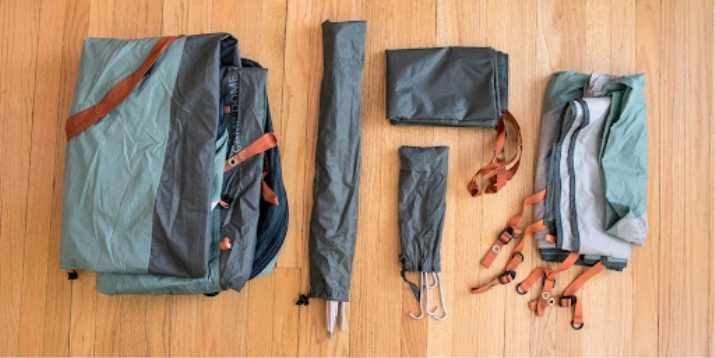Overview of tent fabrics and their selection
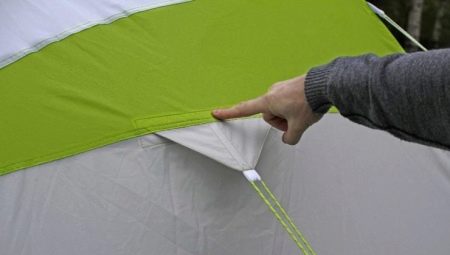
Durability and strength, resistance to extreme weather conditions - these are the basic requirements for tent fabrics. And there are many options on the market that meet these requirements, because with tents a modern person can go anywhere today. Even at the highest Everest base camp, he needs to be sure that the fabric will withstand and the tent will not let the natural elements deprive the climber of his shelter.
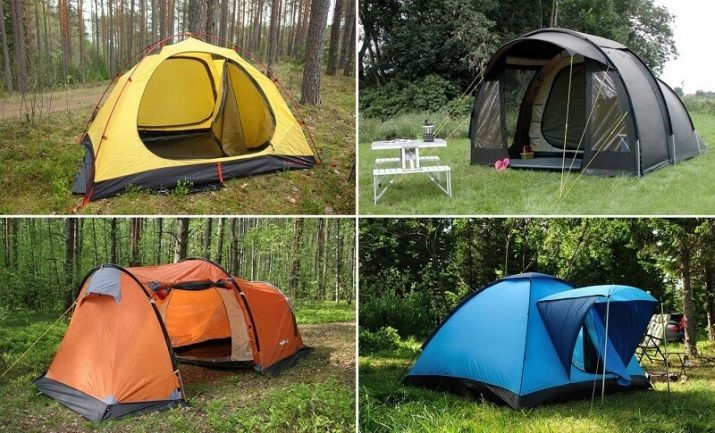
Peculiarities
Tent fabric can be considered unique canvas, because the strength of the products that are made from it must be impeccable. And therefore there are the criteria of GOST 7297-90, on which the manufacturer relies.
Let's see what the requirements are for materials for tents:
- obligatory waterproof and water-repellent impregnation;
- hygroscopicity;
- the presence of reinforcement;
- high density;
- a composition of the material that does not cause allergies or with a low risk of an allergic reaction.
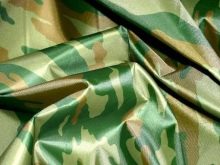
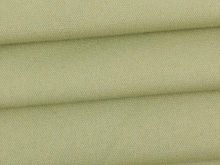
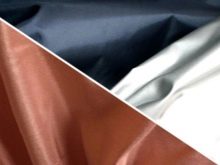
Natural raw materials are used in the same way as synthetics... Those tents that are made only from natural fabric are considered safer in terms of allergic profile. They, as experts say, contribute to the creation of an optimal microclimate inside the tent (as far as possible) for a person. True, the moisture resistance of natural tent fabrics is not always perfect.
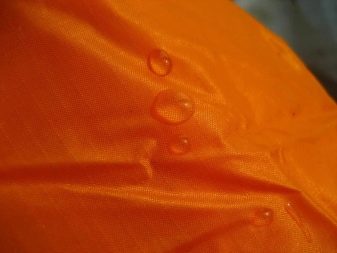

Views
Since we are talking about the types of canvases, it is worth considering separately which options are offered from natural materials, and which from synthetics.

Natural
Many will immediately imagine a canvas or linen tent that is 100% natural and environmentally friendly. Such materials do not vaporize chemicals, do not provoke negative reactions from the body.Of course, there is some truth to this, given the breathability of natural fabrics. In such a tent there will be no steam room effect, and it is really comfortable to be in it. Yes, and she will protect from the sun well.
But there are also disadvantages, which are not immediately obvious. The level of water repellency at the tarpaulin tent is far from the desired, and this is even taking into account the fact that the tarpaulin is treated with appropriate impregnations... And the bulkiness of these structures can hardly be attributed to the pluses. And when wet, both the tarpaulin and the flax gain so much weight that they become virtually unbearable. But the tourist will have to drag the tent on his back. So natural tent canvas is not always the best option.
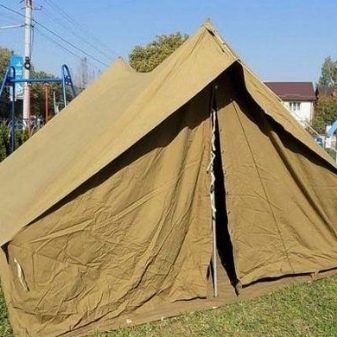

Synthetic
These are artificial materials, created with a clear list of conditions that will make their use as comfortable as possible. One of these fabrics is polyamide... It is used to make nylon and nylon. It is very durable, lightweight, relatively inexpensive, is not afraid of moisture and is quite hardy in terms of reaction to mechanical damage. Polyamide also has disadvantages: it increases in size when wet, and also demonstrates not the highest resistance to ultraviolet radiation.

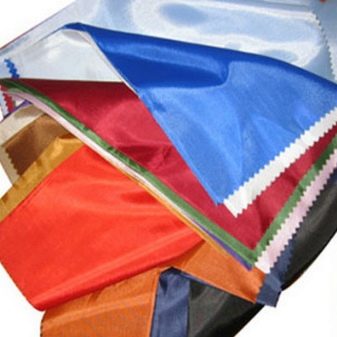
Polyester is a raw material from which lavsan and polyester are produced. This material contains almost all the positive properties of polyamide, but it also holds its shape when wet, and is not so sensitive to ultraviolet light. The fabric has one drawback - it is very expensive. Speaking correctly, polyamide and polyester are not separate types of fabrics, but groups... Because, for example, polyester belongs to the polyester group, and nylon (as already mentioned) belongs to the polyamide group.
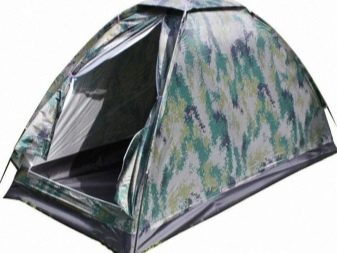
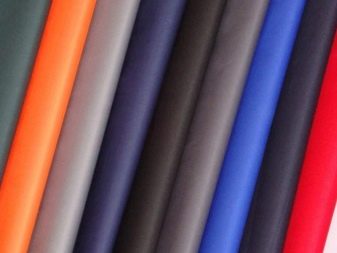
The most popular and deservedly demanded materials include the following options.
- Oxford... The fabric is made of nylon or polyester, and its weave is very similar to matting. And this texture also affects the strength of the fabric. The best modification is considered the "Tourist" version, which is made specifically for use in the most difficult weather.
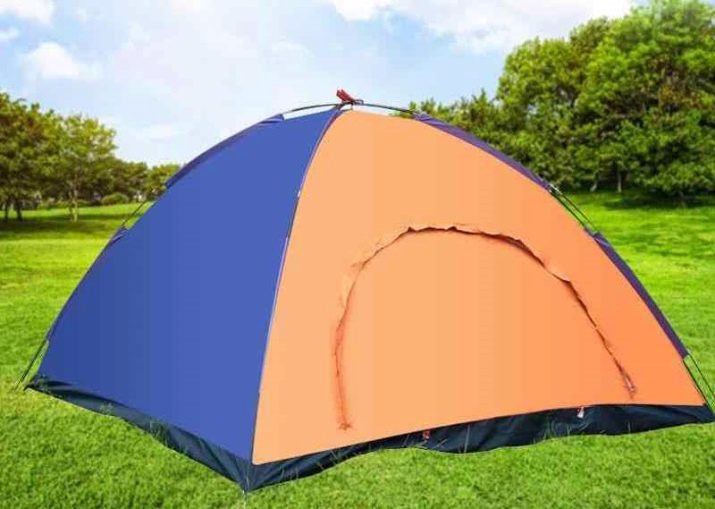
- Greta. The fabric is lightweight and durable, made of polyester, with a twill weave that forms diagonal scars on the surface. This is a fabric of increased density, which, even without special impregnations, reacts well to water (does not let it through). And also it does not wrinkle, does not fade under the rays, does not shrink when washing. It is easy to clean, dirt is well washed off with water. And the fibers, which are very closely adjacent, do not allow dust particles to clog between them.

- Monaco... It is a fabric designed for all kinds of tents and awnings. Both the water protection and wind protection of such a material are the highest. The specific gravity of the fabric is high, and the weight is usually quite low. The fabric is also impregnated with polyurethane, which makes it more reliable. Also, the fabric is perfectly dyed, can be printed, have logos, because it lends itself well to thermal printing.

- Gala... The material is distinguished by a rubberized base. Yes, relaxing in nature in a tent made of such fabric is quite an option, but the option is definitely not for winter outings. In cold weather, small cracks will appear on the material, which will surely become gaps.
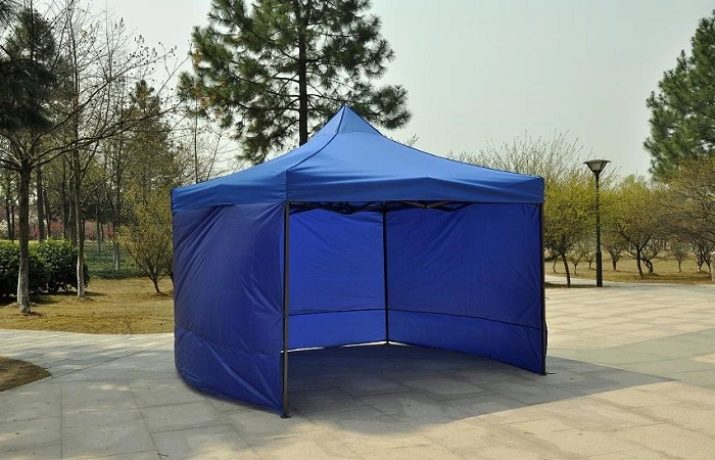
- Taffeta. This is also a nylon or polyester fabric. There is a polyurethane layer on the main canvas. The fabric can also have a white or silver coating, both on the front side and on the wrong side. This is a waterproof fabric, but it also has a minus - it does not conduct air in the best way. That is, there will be a real greenhouse inside the tent. The fabric does not leave folds or creases. But she is afraid of fire, because she is used near fires only after applying refractory impregnation.

In short, there is plenty to choose from. And tents made of cotton or linen, often winning because of their naturalness and environmental friendliness, will only be suitable for children's picnic hikes or similar events.... For the rest, synthetics help out, especially the one that is made specifically for tents.
What to consider when choosing?
A high-quality tent assumes the presence of an awning (outer layer), a bottom and an inner panel. And the fabrics that will make up these parts must be prepared for the stresses and contexts of using the tents.
Consider what qualities a good tent fabric should have.
- Density... If you read the description for tourist equipment, you can see there a special value T (Texture Element). Pronounce it as "tex". This indicator will be a marker of the density, thickness of the fabric and its strength. Accordingly, the higher the number, the stronger the product. True, the weight of the fabric will also grow. If the fabric is intended for the upper tent layer, then an indicator of up to 250 tex is sufficient. But climbers and those who will hide in a tent in conditions close to extreme, need to look for fabric at least 420 tex. For the inner part, 180 tex fabric is enough, for the bottom fabric - at least 350 tex.
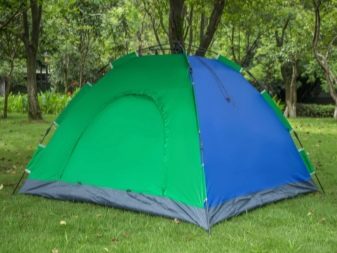
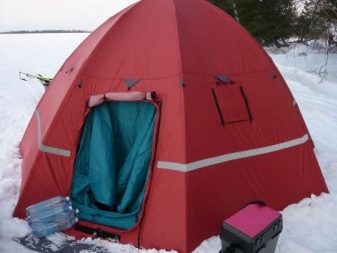
- Break prevention. There are samples marked with ripstop. This means that special reinforcing threads are woven into the fabric, which make it even more durable and reliable. On such panels, rhombuses and squares, hexagons are drawn. And if the surface of such fabric is damaged, the texture prevents it from tearing further. Reinforcement is a definite plus in the composition of the tent fabric.
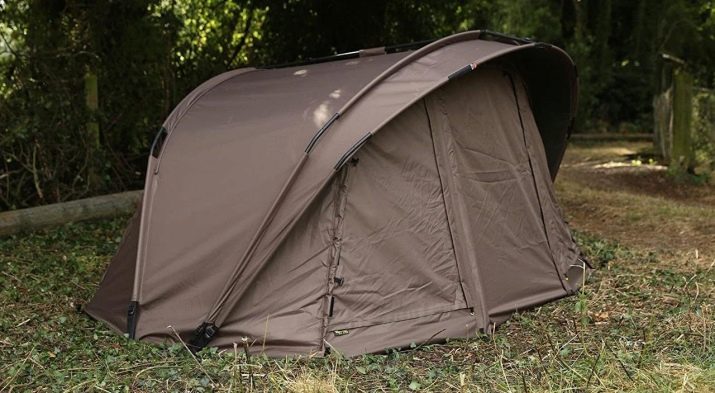
- Water resistance... This parameter is traditionally measured by the height of the water column. If the fabric has an indicator below 2000 mm, it is considered water-repellent, nothing more. This is not enough for an awning covering of a tent. But the interval of 2500-4000 mm can already be considered and said that the fabric is waterproof or waterproof. Typically, such fabrics are impregnated with polyurethane. But there are manufacturers who prefer silicone coatings to him, which are even more durable. And not only to the water, but also to the sun's rays. The fabric of the bottom of the tent should be the most waterproof - at least 5000 mm, and even better - 10000 mm. The floor can also be made of special reinforcing polyethylene.
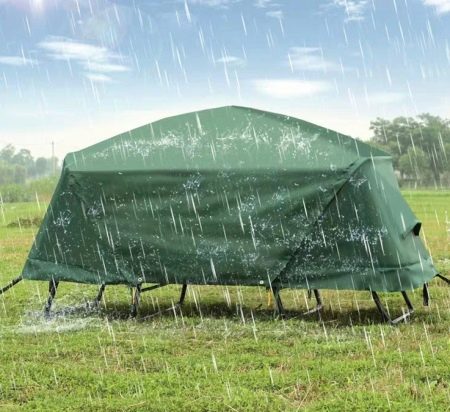
Tourists rarely sew tents themselves, therefore, when choosing a ready-made version, it is worth evaluating the description of the material, carefully looking at what each part of the tent is made of.
Care Tips
Usually the tent is made of detachable parts, because otherwise it will not be possible to wash it. Learn how to care for your tent fabric to extend its lifespan.
- If it is decided to wash in a typewriter, then a temperature of 30 degrees is what you need... It is not worth using aggressive detergents (they can aggravate the impregnation state).
- If the tent is very large, you should first soak it in water, where you have rubbed some laundry soap. After soaking, you will have to manually rinse the canvas in clean water.
- Almost all tent fabrics have a protective layer. In order not to injure him, it is necessary to exclude friction of the material with a brush, strong twisting and the function of spinning in the washing machine.
- Hanging the fabric is carried out only where there is no active sunlight... Of course, you cannot dry your tent next to an open fire.
- Bleach cannot be used, like other substances with chlorine.... For synthetics, this is a killer option.
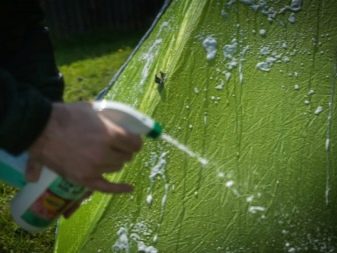
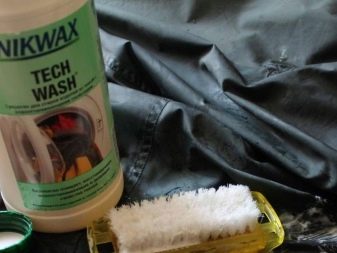
If the tent needs to be put away for storage, then this is done only in dried form. It must be folded carefully, and then be sure to put it in a case. For the manufacture of tourist tents today they use fabrics that maximally protect a person from precipitation, wind and sun.
Solutions made from such materials can serve for years without much hassle and complexities of maintenance.
